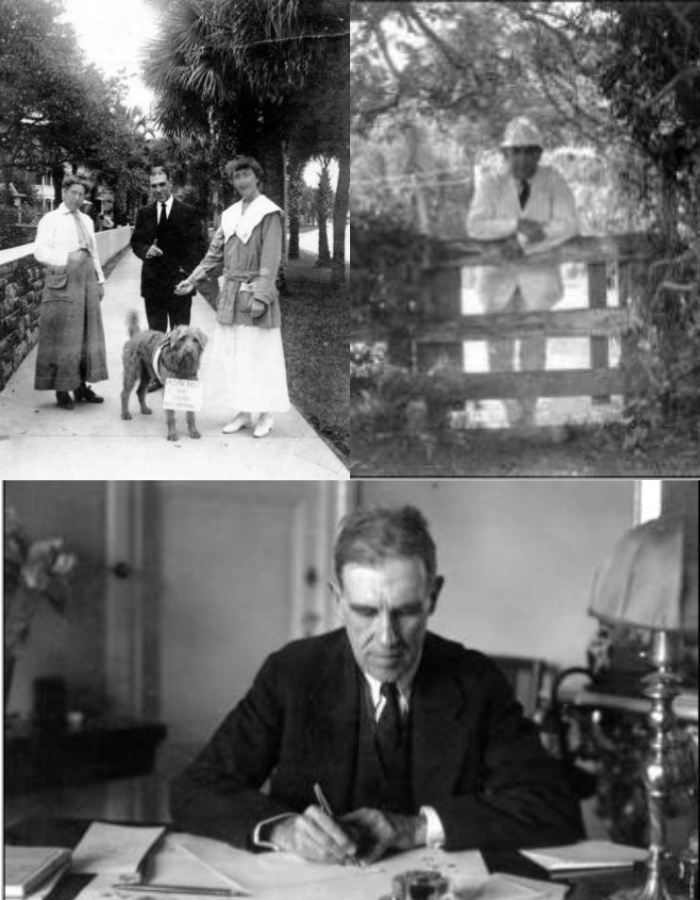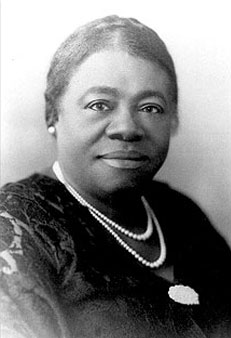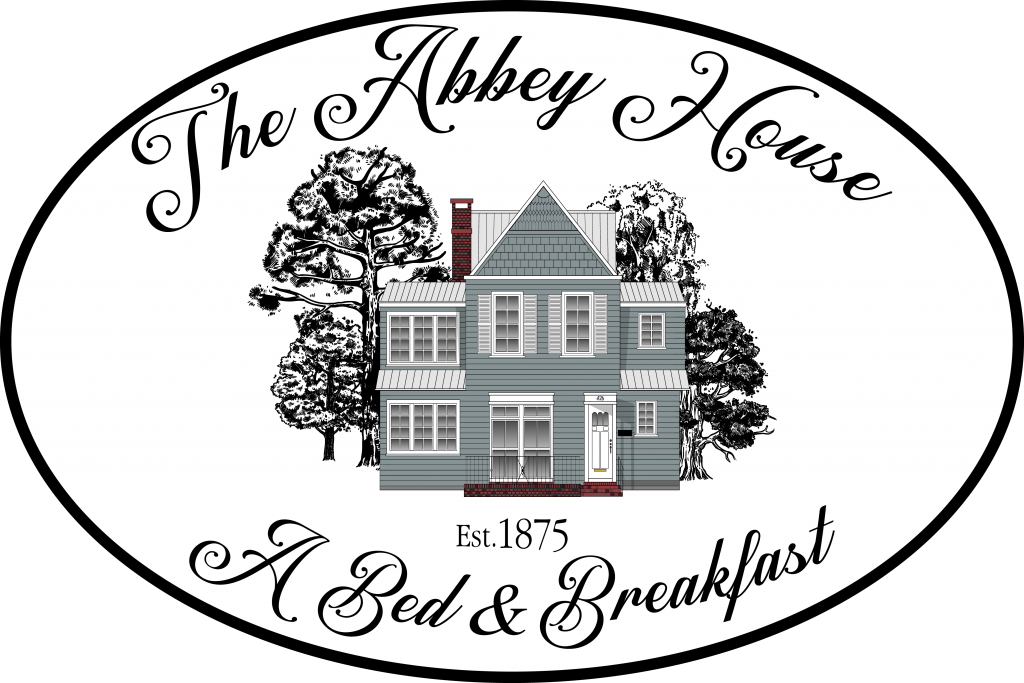The History
The Abbey House
The Abbey House, known by various names such as The Abbey, The Foxtail Estate, Thompson's General Store, Doremus House, or Rhodes House, is significant in Daytona Beach history. This remarkable property was granted the honor of being added to the National Register of Historic Places on April 8, 1987. Its rich heritage is closely associated with two notable individuals, Laurence Thompson and Harrison G. Rhodes, who shaped the city's early history. Laurence Thompson, a prominent figure in the community, was one of its earliest settlers and a distinguished merchant and city official. His profound contributions to the town's development left an indelible mark. On the other hand, Harrison G. Rhodes, an esteemed American author and drama critic, significantly impacted Daytona Beach and the entire state of Florida. His most noteworthy achievement was his support for the early development of Bethune-Cookman College. This institution is one of Florida's first and most influential educational establishments dedicated to providing higher education opportunities to the African American population. Recognizing The Abbey House's historical significance, Daytona Beach took a special initiative in 2016. January 21st was declared "The Abbey Day" to commemorate this distinguished residence as it reached an impressive milestone of 140 years on Beach St. This remarkable event stands as a testament to the enduring legacy of this home and its place in the community's heritage.


Thomson General Store
In 1875, a promotional pamphlet for the town painted a picture of a small community with around 70 residents, 20 wooden houses, and a couple of stores. One of those stores belonged to Laurence Thompson, a newcomer who had recently arrived with his wife, infant son, and younger brother. Thompson secured a plot of land at 426 S. Beach St., where he constructed a two-story wooden building to house his general store. Right next to it, he built a charming one-and-a-half-story wooden house for his family, although this building sadly no longer exists. Laurence, together with his brother Graham, operated the store. The upper floor served as offices and a meeting hall, adding a versatile touch to the establishment. When Daytona Beach was officially established in 1876, Laurence took on the role of city clerk. In addition to running the store, he dabbled in citrus grove development in the area before transitioning to real estate sales. Eventually, in 1891, Thompson decided to sell the store on Beach Street to Lyman Robbins, an Ohioan and ventured into a partnership with the real estate and insurance agency Bingham & Thompson. Meanwhile, Graham pursued his entrepreneurial path by opening a local bicycle shop. Over time, the real estate agency changed. After Laurence and his son assumed control in 1918, it became Thompson & Thompson. The elder Thompson continued his journey in Daytona Beach until he passed away in 1924, leaving a lasting legacy.
The Rhodes House
In 1893, after the passing of her husband, James H. Rhodes, Adelaide Robbins Rhodes, sister of Lyman Robbins, decided to relocate to Daytona Beach from Cleveland, Ohio. Accompanied by her daughter Margaret, Adelaide settled in her brother's home for some time. In 1904, she acquired the Thompson General Store from Lyman and transformed it into a residence by adding wings to the north and south sides and removing the false front from the roof of the facade. During this period, Adelaide's son, Harrison Garfield Rhodes, began joining his family in Daytona Beach during winter, establishing a cherished tradition. Harrison G. Rhodes, a notable author and drama critic, primarily resided in New York City but often divided his time between England, Italy, and his beloved Daytona Beach. He began his writing career shortly after graduating from Harvard University in 1892. He initially worked for Stone & Kimball Publishing Co., which published esteemed publications like the Chap Book and House Beautiful. In 1901, Rhodes assumed the role of drama critic for the Chicago Tribune. His literary achievements included the publication of his first novel, The Adventures of Charles Edward, in 1902, followed by the opening of his play, Captain Dieppe, at the Herald Square Theater in New York City that same year. Throughout his career, Rhodes penned approximately a dozen plays, collaborating with other authors on some of them. Noteworthy contributions to the theatrical world included A Gentleman from Mississippi in 1908, The Willow Tree in 1917, and Ruggles of Red Gap in 1922. His repertoire extended beyond plays to include novels such as The Lady and the Ladder in 1906 and The Flight to Eden in 1907, set against the backdrop of Daytona Beach during its early settlement years. Rhodes also contributed articles to esteemed magazines like Harper's and the Saturday Evening Post and authored travel books, including A Guide to Florida in 1912, In Vacation America in 1915, and American Towns and People in 1920. However, his most significant contribution to both Daytona Beach and the State of Florida was his unwavering support for the early development of Bethune-Cookman College, a pivotal educational institution.


The Rhodes Family & Bethune
Mary McLeod Bethune, the visionary founder of the college, was born to parents who had once been enslaved in Maysville, South Carolina. Upon graduating from Moody Bible School in Chicago in 1895, she dedicated herself to teaching at mission schools in the southern United States. Driven by a strong desire to provide education for African-American girls, Bethune made a groundbreaking decision in 1903: she established her school in Daytona Beach. In her pursuit of support, she reached out to influential members of the white community who spent their winters in the city. Adelaide Rhodes and James N. Gamble, son of one of the founders of Procter & Gamble Co., emerged as passionate advocates for her cause. Both Rhodes and Gamble became members of the board of trustees for what was then known as the Daytona Normal School for Negro Girls. Recognizing the importance of financial assistance, Rhodes enlisted her son to accompany Bethune to New York City, where they connected with affluent individuals who generously contributed to the construction of school buildings, the establishment of student scholarships, and the payment of teachers' salaries. Harrison Rhodes approached this task with great enthusiasm and successfully secured a grant from the Carnegie Foundation, enabling the purchase of books to form the beginning of a school library. The school flourished and expanded under the guidance of Mary McLeod Bethune, James N. Gamble, and the Rhodes family. Harrison Rhodes ascended to vice president of the board of trustees in 1912. 1923 the school merged with the all-male Cookman Institute in Jacksonville, forming the coeducational Daytona Collegiate Institute. Finally, in 1928, the institution was renamed Bethune-Cookman College. Today, the college plays a vital role in providing quality higher education for African American residents of Florida and individuals from all races and backgrounds. In 1918, Adelaide Rhodes sadly passed away. Harrison Rhodes fondly remembered his mother's unwavering dedication to the success of the institution she helped found, stating that she “belonged to that generation which had an impassioned belief in education and veneration for the achievements of the mind.” Tragically, Harrison Rhodes suffered a stroke while visiting England with his sister and passed away in 1929. His remains were returned to New York City, where funeral services were held at the Cathedral of St. John the Divine. The Episcopal service was accompanied by a heartfelt performance from a choir representing Bethune-Cookman College. Harrison was laid to rest alongside his father and mother in the family cemetery plot in Cleveland, Ohio. In his will, Rhodes bequeathed the house in Daytona Beach to his sister and the income from his estate during her lifetime. The payment was designated to be passed to Bethune-Cookman College after her passing. Margaret Rhodes lived in Daytona Beach until her death in 1951. When the estate was settled in 1960, the college received a generous sum of $560,000. As a tribute to Harrison Rhodes, the college had already memorialized him in 1942 by naming its newly constructed library the Harrison G. Rhodes Memorial Library. The stories of Mary McLeod Bethune, the Rhodes family, and their enduring contributions to education and the growth of Bethune-Cookman College exemplify the power of dedication, vision, and unwavering commitment to academic excellence.
The Abbey & Dr. William Doremus
In 1955, Dr. William P. Doremus became the proud owner of the house at 426 Beach St., previously known as The Abbey, under Adelaide Rhodes' ownership. Dr. Doremus took great care to preserve many of the original furnishings left behind by the Rhodes family, including the remarkable library where Harrison Rhodes worked and where copies of his notable works can still be found. Although the house is a modest wooden structure with some colonial revival elements, its architectural significance may not be considered remarkable. However, this house holds a special place as one of the most significant landmarks in Daytona Beach. Its importance stems from preserving the original 1875 structure, to which the wings were added in 1904, creating a unique architectural composition. Furthermore, its association with Laurence Thompson and the influential Rhodes family adds to its historical value and resonance within the community. Harrison G. Rhodes, a notable author and drama critic, primarily resided in New York City but often divided his time between England, Italy, and his beloved Daytona Beach. He began his writing career shortly after graduating from Harvard University in 1892. He initially worked for Stone & Kimball Publishing Co., which published esteemed publications like the Chap Book and House Beautiful. In 1901, Rhodes assumed the role of drama critic for the Chicago Tribune. His literary achievements included the publication of his first novel, The Adventures of Charles Edward, in 1902, followed by the opening of his play, Captain Dieppe, at the Herald Square Theater in New York City that same year. Throughout his career, Rhodes penned approximately a dozen plays, collaborating with other authors on some of them. Noteworthy contributions to the theatrical world included A Gentleman from Mississippi in 1908, The Willow Tree in 1917, and Ruggles of Red Gap in 1922. His repertoire extended beyond plays to include novels such as The Lady and the Ladder in 1906 and The Flight to Eden in 1907, set against the backdrop of Daytona Beach during its early settlement years. Rhodes also contributed articles to esteemed magazines like Harper's and the Saturday Evening Post and authored travel books, including A Guide to Florida in 1912, In Vacation America in 1915, and American Towns and People in 1920. However, his most significant contribution to both Daytona Beach and the State of Florida was his unwavering support for the early development of Bethune-Cookman College, a pivotal educational institution.


